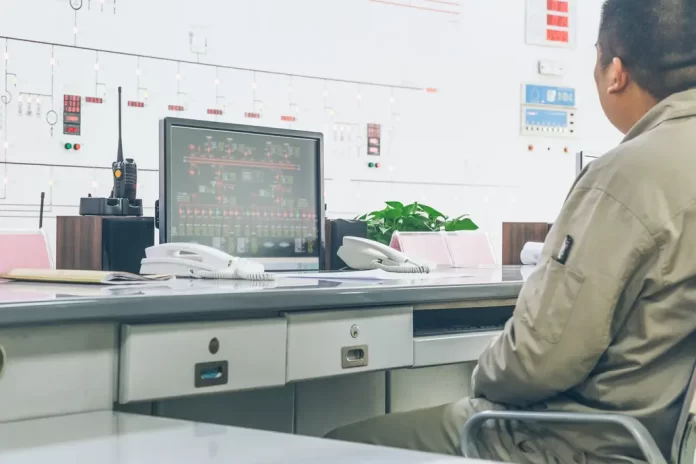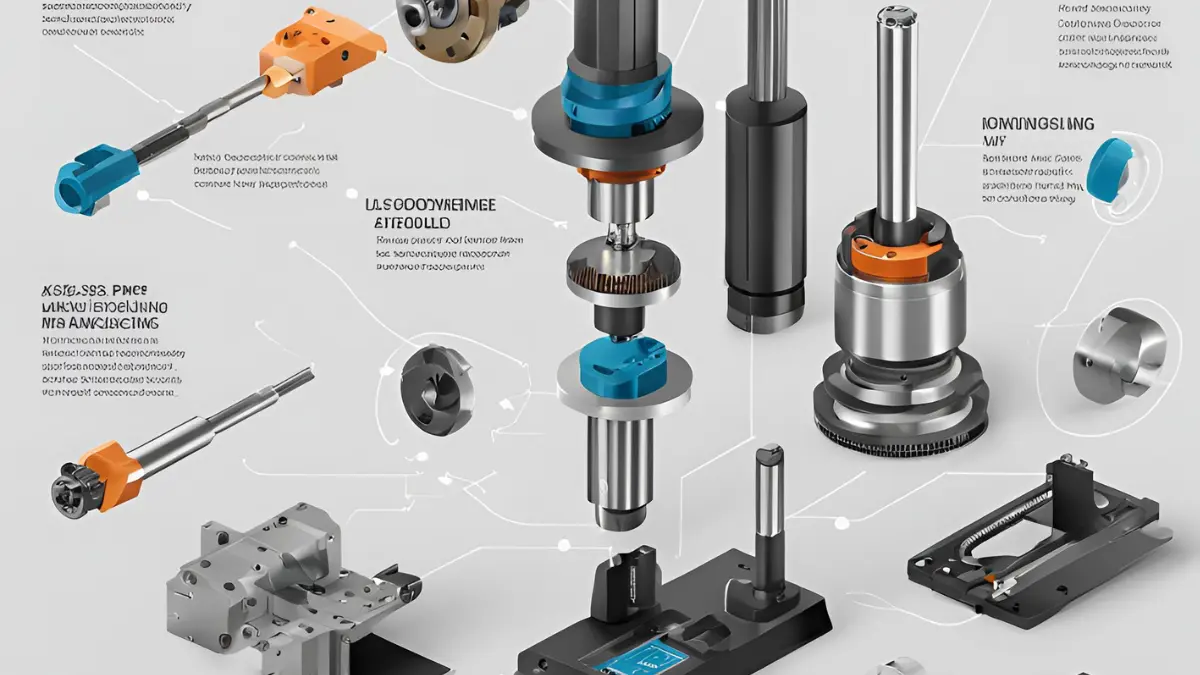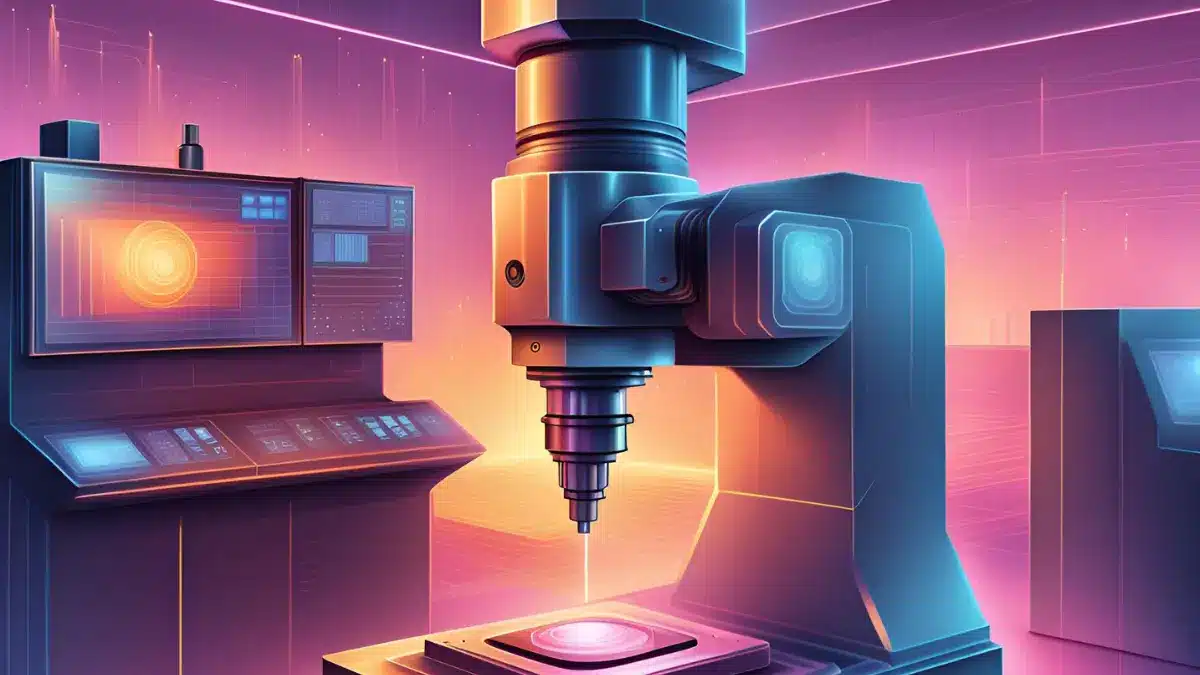Welcome to the comprehensive guide to Computer Numerical Control (CNC) technology. In this guide, you will explore the world of CNC machining and discover how it has revolutionized the manufacturing industry.
CNC machining, also known as Computer Numerical Control machining, uses computer software to control machines and tools, allowing for the production of complex and precise parts with high accuracy and speed. It has transformed the way manufacturers approach prototyping, production, and customization.
CNC technology has a rich history, starting from its humble beginnings to its current state-of-the-art capabilities. It has become an integral part of industries such as aerospace, automotive, medical, and electronics. By understanding the key components of CNC systems and exploring its wide range of applications, you will gain valuable insights into how CNC technology drives innovation and excellence across various sectors.
In the following sections, we will delve into the key components of CNC systems, uncover their diverse applications, discuss its role in the digital age, and explore the advantages and future directions of CNC technology. Whether you are a professional in the manufacturing industry or simply curious about CNC technology, this guide will provide you with a comprehensive understanding of its importance and impact.
Key Takeaways
|
Table of Content:
Table of Content

Key Components of Computer Numerical Control Systems
To understand how Computer Numerical Control (CNC) systems work, it is crucial to familiarize yourself with the key components that make up these advanced manufacturing machines. The main component, known as the Machine Control Unit (MCU), plays a significant role in interpreting and executing the CNC programs that operate the machine.
Accompanying the MCU are coding languages such as g-codes and m-codes, which serve as the instructions for the machine to carry out specific tasks. These codes are essential in directing the machine’s movements and actions, ensuring precise positioning and accurate cutting or shaping of the material.
The MCU also interfaces with the machine’s motors, drives, and feedback systems. It facilitates communication between these components and ensures seamless coordination for efficient operations. The MCU’s role in controlling the movement of the tools is paramount to achieving the desired outcomes in CNC machining processes.
To illustrate the significance of these key components, let’s consider an example. Imagine you need to create a complex metal component using a CNC machine. You would input the specific g-code instructions that define the shape, dimensions, and tool movements for the machine to follow. The MCU then interprets these codes and communicates with the appropriate machine components to execute the instructions accurately.
It’s important to note that CNC systems consist of various other components, such as the spindle, tool turret, workpiece holding devices, and coolant systems. Although these components contribute to the overall functionality of CNC machines, the MCU and the coding languages play a crucial role in translating design intent into tangible parts.
To delve deeper into the capabilities and inner workings of CNC systems, let’s explore their applications in different industries and the advancements they’ve made possible.
Applications of Computer Numerical Control Technology
CNC technology is highly versatile and offers precise manufacturing capabilities, making it a valuable tool across various industries.
Precision Machining in Aerospace and Defense
In the aerospace and defense industry, CNC technology plays a crucial role in precision machining. It enables the production of high-quality components that meet the stringent requirements of this sector. CNC machines ensure accuracy, reliability, and repeatability in manufacturing critical aerospace and defense parts.
Advancements in Medical Device Manufacturing
Medical device manufacturing requires intricate and complex parts with tight tolerances. CNC technology meets these requirements by producing precision components used in medical devices. Its ability to create intricate features and precise geometries contributes to advancements in medical technology, particularly in fields like medical device testing where accuracy and reliability are paramount.
Innovations in Automotive Engineering
CNC machines have revolutionized the automotive industry by enabling the production of precise components for vehicles. From engine parts to intricate interior components, CNC technology ensures high-quality and accurate manufacturing processes. This precision contributes to the overall reliability and performance of automobiles.
Contributions to Electronics and Consumer Goods
The electronics and consumer goods industries benefit from CNC machining processes for the production of components and parts. CNC machines can fabricate complex shapes, intricate circuit boards, and precise molds that are essential for the production of electronic devices and consumer goods.
The Precision of Computer Numerical Control Turning, EDM, Laser Cutting, and More
CNC machining encompasses various processes such as milling, turning, EDM, and laser cutting. These processes offer exceptional precision, allowing for the creation of intricate designs and accurate cuts. CNC turning, EDM, and laser cutting are critical in achieving desired shapes, sizes, and finishes for a wide range of applications.
The applications of CNC technology are diverse, spanning industries that rely on precision, complex components, and high-quality production. CNC machines continue to drive advancements in aerospace, defense, medical devices, automotive engineering, electronics, and consumer goods, shaping the future of manufacturing.
CNC Technology in the Digital Age
In today’s digital age, CNC (Computer Numerical Control) technology has undergone significant advancements, ushering in a new era of manufacturing capabilities. These advancements have allowed CNC technology to be seamlessly integrated with advanced software, such as computer-aided design (CAD), computer-aided manufacturing (CAM), and computer-aided engineering (CAE).
The integration of CAD software enables manufacturers to create intricate and precise designs that can be translated into CNC programs. These programs, combined with CAM software, facilitate the planning and execution of manufacturing processes, optimizing tool paths, and ensuring maximum efficiency.
Moreover, CAE software adds another layer of sophistication by allowing engineers to simulate and analyze the performance of CNC operations. It provides valuable insights into potential issues and enables further optimization of manufacturing processes before physical production begins.
One of the most significant advantages of integrating CNC technology with advanced software is the synergy it creates with other cutting-edge technologies, such as artificial intelligence (AI) and the Internet of Things (IoT). By harnessing the power of AI and IoT, CNC machines can operate intelligently, enabling automation, predictive maintenance, and real-time monitoring.
This integration allows manufacturers to achieve higher levels of productivity, efficiency, and quality. AI-powered CNC systems can analyze vast amounts of data generated during the manufacturing process, identifying patterns and optimizing operations for enhanced performance. Real-time monitoring through the IoT ensures timely intervention and preventive maintenance, reducing downtime and optimizing machine utilization.
Ultimately, the synergy between CNC technology, AI, and IoT holds immense potential for the future of manufacturing. It enables manufacturers to stay competitive in a rapidly evolving industry, providing unprecedented levels of precision, flexibility, and productivity.
Advantages and Future Directions of Computer Numerical Control Technology
CNC technology offers numerous advantages that significantly impact manufacturing processes. One of the key advantages is the ability to enhance productivity and efficiency. With CNC machines, tasks that were once time-consuming and labor-intensive can now be automated, allowing for faster production and higher output. This increased efficiency translates into cost savings and shorter lead times, giving businesses a competitive edge in the market.
Moreover, CNC technology improves precision and reduces errors. The accuracy and repeatability of CNC machines ensure consistent quality in every production run. By eliminating human error, CNC technology minimizes defects and rework, resulting in higher-quality products that meet or exceed customer expectations. This precision also allows for the implementation of complex designs that would be challenging or impossible to achieve with conventional manufacturing methods.
However, it is important to navigate the costs of CNC technology. While technology like CNC milling machines offers immense benefits, they require a considerable investment. Businesses need to evaluate the costs involved, including machine acquisition, software, maintenance, and training. Additionally, addressing the skills gap in CNC machining is crucial. As CNC technology advances, the demand for skilled operators, programmers, and maintenance personnel increases. Businesses should invest in training and upskilling their workforce to bridge this gap and fully leverage the potential of CNC technology.
The future directions of CNC technology point towards exciting advancements. Additive manufacturing and 3D printing have the potential to revolutionize the manufacturing landscape. These technologies enable the creation of complex geometries, customized products, and reduced material waste. Opening up new possibilities for design and innovation. Sustainable manufacturing and green CNC solutions are gaining traction, focusing on reducing energy consumption, optimizing material usage, and minimizing environmental impact. Furthermore, integration into global supply chains allows for seamless coordination and collaboration across multiple locations.
Conclusion
In conclusion, computer numerical control technology has fundamentally transformed the manufacturing landscape, offering unprecedented precision, efficiency, and versatility across various industries. By leveraging the advanced capabilities of CNC systems, manufacturers can achieve higher productivity, reduced errors, and enhanced product quality, paving the way for innovation and competitiveness in the digital age.
As the manufacturing sector continues to evolve, embracing CNC technology becomes imperative for businesses seeking to stay ahead. To experience firsthand how CNC solutions can elevate your manufacturing processes, consider exploring the advanced features of HashMicro‘s Hash Manufacturing software. With its robust functionality and seamless integration, Hash Manufacturing can help streamline your operations, optimize production, and drive growth.
Take the first step towards revolutionizing your manufacturing processes by trying out a free demo of Hash Manufacturing from HashMicro today.






















































